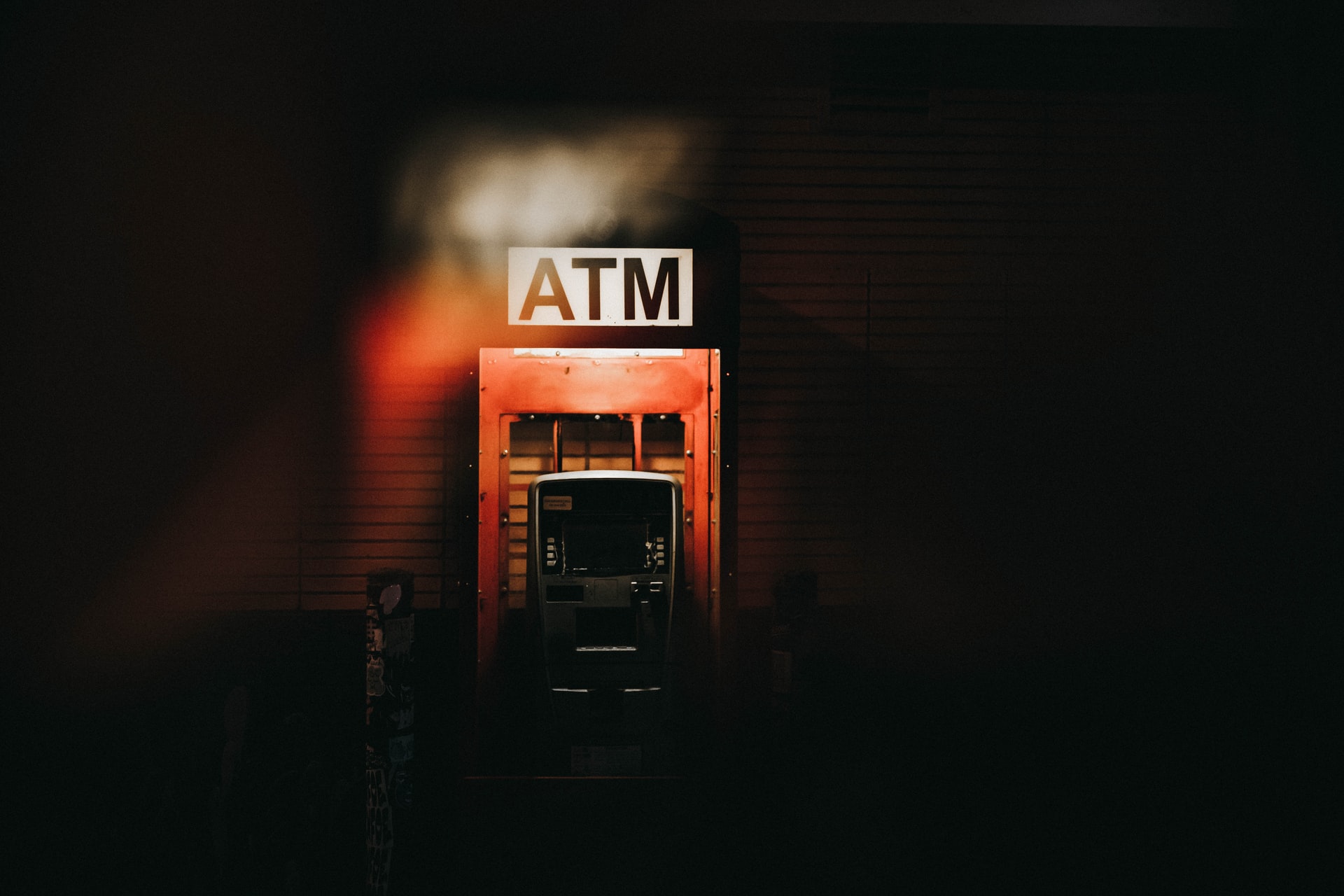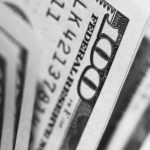Automated teller machines let you withdraw funds from your bank account without visiting your local branch. This choice is convenient for many consumers and saves them an extra trip. However, you will have to pay ATM fees each time you take cash out of a machine. ATM fees vary across each device, and some businesses get greedy. We will cover how much ATMs cost and what to expect.
What Are Bank ATM Fees?
Bank ATMs cost thousands of dollars to install. Restaurants, gas stations, and nightclubs are among the many businesses that have installed bank ATMs. Business owners recoup the investment by collecting a small transaction fee for each withdrawal. Some entrepreneurs start ATM businesses to generate recurring revenue from consumers’ transactions. They monitor foot traffic near retail stores and other areas of interest. Most ATM fees range between $1.50 and $3 per transaction. Companies with ATM fees can also avoid credit card processing fees since consumers can more easily pay with cash or a debit card.
ATM Fees
The amount you pay for each transaction depends on several factors. We have sighted several ATM fees that influence transaction costs. Knowing the ATM fees will help you calculate them in your budget and track spending.
ATM Operator’s Fee
Banks invest in ATM networks to reduce their clients’ costs, but not every ATM is part of their network. As a result, non-bank ATM operators charge more than their counterparts. Most ATMs charge fees between $1.50-$3, but some operators exceed $10 per transaction. ATM operators want to make enough money to generate a profit, but they won’t price themselves too high. ATM owners understand that setting excessive fees will scare away customers.
Bank’s Non-Network Fee
Banks often charge a fee for using an ATM outside of their network. While you can see an ATM Operator’s fee right away, the bank’s non-network fee won’t show up during the transaction. Most banks charge no more than $3.50 for a non-network fee.
International Transaction Fee
International transaction fees cost extra. You’ll have to pay $5, along with a 3% conversion fee for most financial institutions. You can get a better deal with the right bank, but these ATM fees cost more than domestic withdrawals. If you frequently withdraw money from international ATMs, look for a bank that offers a lower conversion fee. Some people create bank accounts for multiple institutions to expand their in-network ATMs and get more favorable international ATM transaction costs.
What Are the Average Bank ATM Fees?
Each bank is different, but you shouldn’t pay more than $3 in ATM fees for most transactions. International transactions can get more expensive, with $5 plus a 3% conversion being the standard. If you find an overpriced ATM, look for other options before resorting to the expensive transaction fee.
How To Avoid High ATM Fees
ATM fees will eat into your bank account, but they are avoidable. Of course, you can’t avoid every fee, but you can still use some strategies to reduce your cumulative fees. We have outlined some of the best strategies below.
Locate the Free ATMs Near You That Your Bank Offers
Your bank may not have as many ATMs in its network, but many financial institutions have thousands of ATMs in their networks. Therefore, you can locate nearby ATMs that are a part of your bank’s network. Withdrawing funds from these machines will not cost anything.
If the closest ATM isn’t compatible with your bank, you may want to create an additional checking account. Some people own accounts at multiple banks to increase the likelihood of finding a local ATM within one of their bank account networks. This increased flexibility also helps when you travel out of state. It’s easy to pinpoint local ATMs within your bank’s network, but it becomes more difficult as you venture away from areas you know. Having bank accounts with multiple financial institutions can save you from fees during a vacation.
Get Cashback from Stores
Debit cards help you get cashback from stores. You don’t get points like a credit card, but you can get paper currency. Some stores add a few more dollars to your purchase price and let you receive cashback. For instance, you may spend $100 at the grocery store but want $10 cashback. The cashback provides you with paper currency and saves you a trip to the bank. Instead of paying $100, you will pay $110 for your purchase. Then, the cashier will give you $10 in cash. Again, it saves you a trip to the bank and usually doesn’t include any fees.
Not every business offers this option, but you can find cashback opportunities with stores you frequently visit. Grocery stores, Walmart, Target, gas stations, convenience stores, pharmacies, and many other companies let you get cashback and avoid the extra trips and fees.
Withdraw More Cash Less Frequently
You incur ATM fees each time you withdraw money. The fee remains the same for all domestic withdrawals. You’ll pay the same price regardless of whether you take $100 or $1,000 out of the ATM. Withdrawing more cash during your visits will reduce how often you visit the ATM. If you withdraw $100 from the ATM every week, you can save money by withdrawing $200 every other week. You’ll have the same amount of cash but with lower fees.
Keeping cash in your wallet will also make you less reliant on ATMs. The next time you are at an ATM with zero fees, withdraw more money than usual. You can hold onto the cash, so you won’t have to make extra withdrawals. Withdrawing more cash less frequently will also save you a few trips. You may save yourself a few minutes from walking to a local ATM. If the ATM requires a short drive, you’ll also save on gas.







